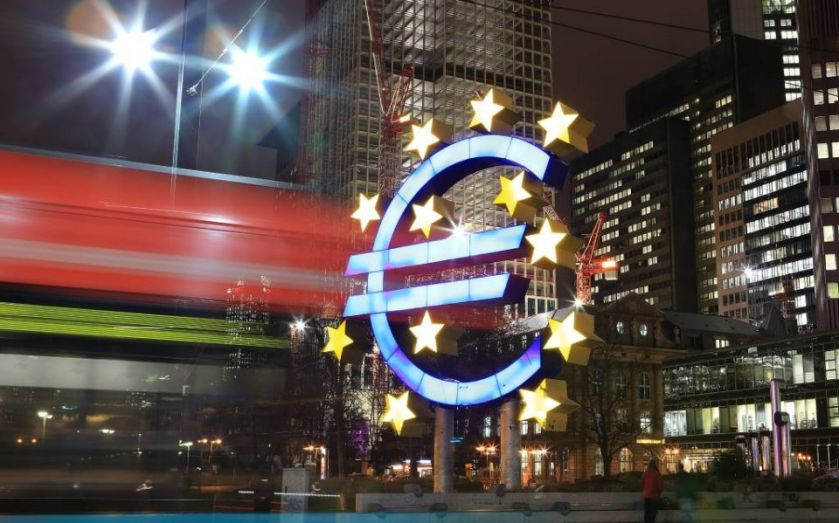Eurozone prices bounce back as deflation ends

The Eurozone has escaped deflation, officials figures yesterday confirmed.
Annual inflation in the Eurozone was zero per cent in April, according to Eurostat, the EU’s statistical office. It means that prices of goods and services typically consumed by households were the same price in April as a year earlier.
The data, which is in line with an earlier estimate, put an end to four months of falling prices in the currency union.
Months of weak inflation finally turned negative late last year following a sharp drop in global oil prices.
However, inflation remains negative in many individual Eurozone members, with Greece and Cyprus experiencing rates of minus 1.8 and minus 1.7 per cent, respectively.
The European Central Bank (ECB) launched a major bond buying programme in March in order to inject cash into the economy and boost spending. It hopes that the programme will bring inflation back to its target of close to, but still below, two per cent. However, the upturn in inflation appears to be largely due to oil prices reversing their recent decline.
Annual energy inflation rose to minus 5.8 per cent from minus six per cent in March. Economists now believe inflation will have a higher chance of increasing during the rest of the year, rather than falling back below zero per cent.
“Although oil prices should continue to increase later this year, the price growth will be moderate,” said economist Tomas Holinka from Moody’s Analytics.
Another factor that could cause inflation to pick up is the euro’s exchange rate.
“The weakening euro, which has depreciated around 20 per cent against the dollar since March 2014, will likely push up import prices, contributing to higher inflation,” Holinka added.